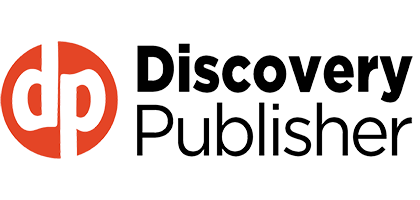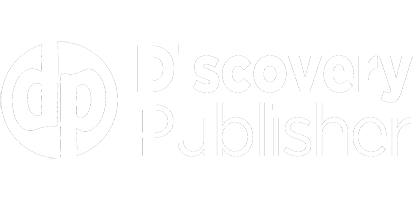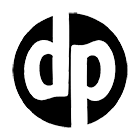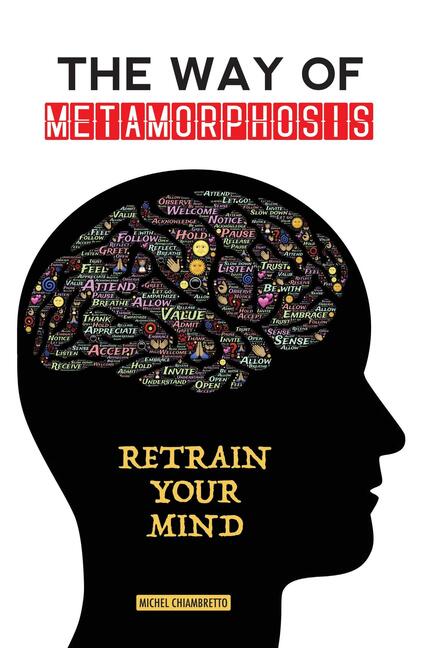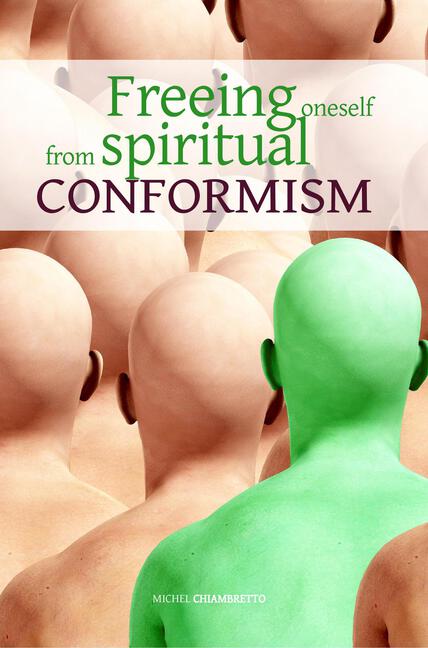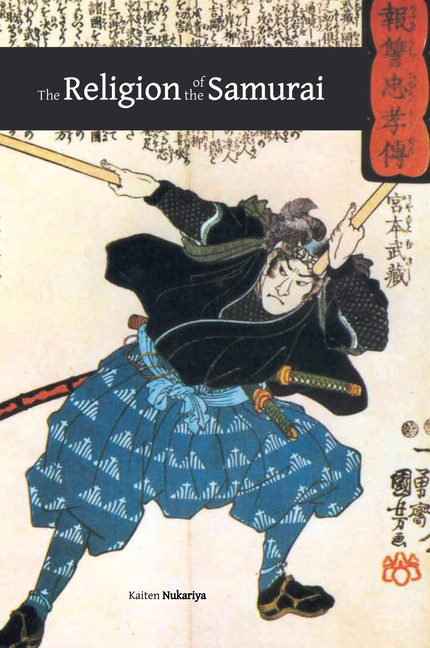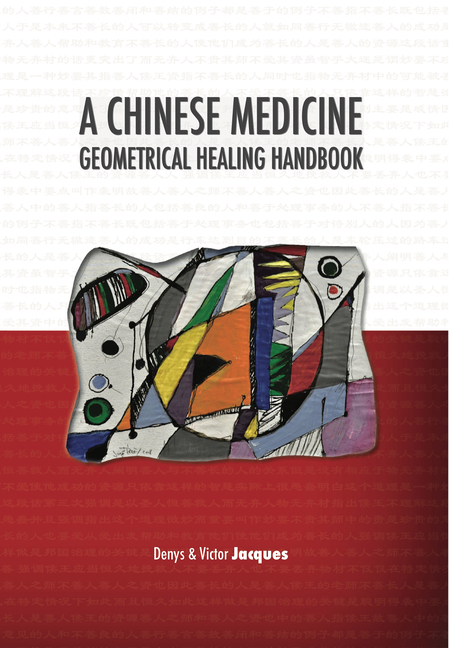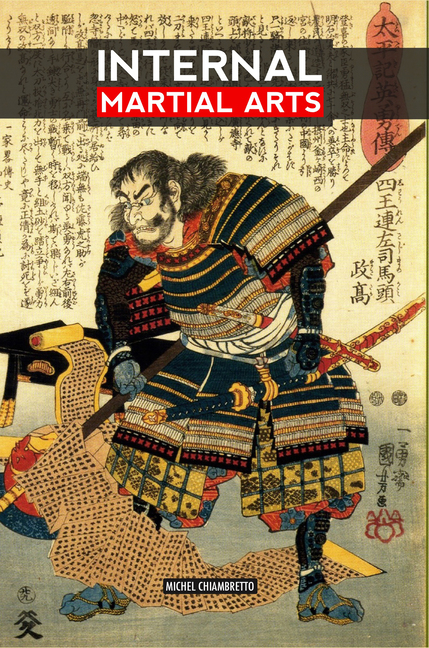01 Sep Zhan Zhuang, the Art of Nourishing Life
Zhan Zhuang, The Art of Nourishing Life is the exploration of an ancestral practice: Zhan Zhuang, the practice of physical and meditative postures. Through this practice, a continual process of adjustment, learning, and purification takes place; it is a process by which the mind and body mutually integrate, triggering the unification of the self and its surroundings.
It is through this form, which in ancient China was named symbiosis —a process by which the mind and body merge together with the Tao— , that an infinite field of possibilities opens to us, both in the treatment and prevention of diseases, and at the level of development of latent potential within us.
In Zhan Zhuang, The Art of Nourishing Life, Dr. Yu Yongnian not only unveils the heritage of martial and purifying arts —previously available only in an unintelligible language— but also translates them into an accessible form that reveals the laws governing the body and the mind.
TECHNICAL INFORMATIONS
Page count
180
Format
5.5 x 8.5 in
ISBN
Paperback: 9781517381509, 9787807091981
Hardcover: 9789881525741
Price (suggested, in USD)
Paperback: 19.90
Hardback: 26.90
Ebook: 8.68
SALES OUTLETS
LOOK INSIDE
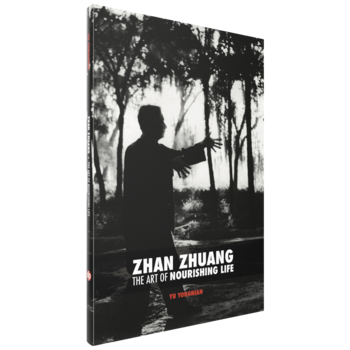
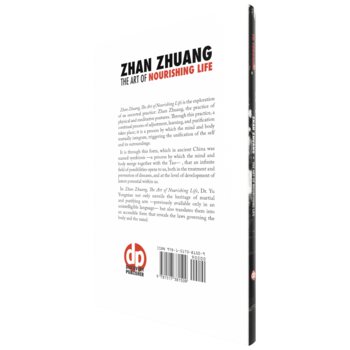
The Way of Metamorphosis
Dans cet ouvrage, nous découvrirons que le mental n’est pas seulement un outil d’orga...
Freeing Oneself from Spiritual Conformism
In both past and present, there have always been two types of spirituality. One offered to...
The Religion of the Samurai
It is in this world that Zen finds the Divine Light it worships. It is in this phenomenal ...
A Chinese Medicine Geometrical Healing Handbook
The object of this publication is to provide a tool to enhance the efficiency of treatment...
Internal Martial Arts
Internal Martial Arts gives provides practitioners with the martial dimension, reference p...
The Power of Yi
The author of The Power of I Ching, Dejun Xue, reveals the true nature of I Ching and how ...
